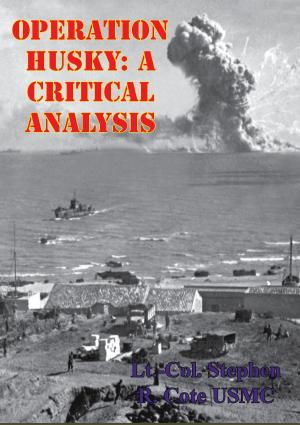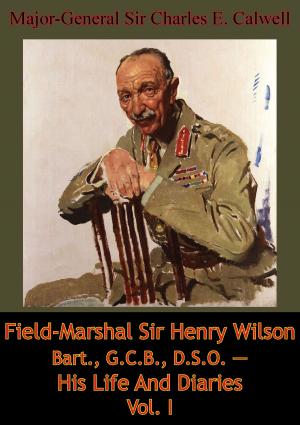Operation Market Garden: Case Study For Analyzing Senior Leader Responsibilities
Nonfiction, History, Germany, European General, Military, United States| Author: | Lt.-Col. Elizabeth A. Coble | ISBN: | 9781786250360 |
| Publisher: | Lucknow Books | Publication: | November 6, 2015 |
| Imprint: | Lucknow Books | Language: | English |
| Author: | Lt.-Col. Elizabeth A. Coble |
| ISBN: | 9781786250360 |
| Publisher: | Lucknow Books |
| Publication: | November 6, 2015 |
| Imprint: | Lucknow Books |
| Language: | English |
With German forces on the run following the Allied success at Normandy and the breakout and pursuit across France, Allied forces were staged to enter Germany in late summer 1944. Both Field Marshal Montgomery and General Bradley clamored to be given the priority of effort. General Eisenhower chose Montgomery’s Operation MARKET GARDEN as the plan for action. It called for airborne forces to open the route for a ground force to move more than sixty miles up a single road, ending up north of the Rhine River near Arnhem, Netherlands. By accomplishing this task, the German Ruhr industrial heartland would be within easy grasp. But the operation failed. The ground force did not make it to the last bridge; it was six more months before Allied forces crossed the Lower Rhine River near Arnhem. Between 17 and 26 September 1944, there were 17,000 Allied casualties including eighty percent of the 1st Airborne Division (UK). Did senior Allied leaders do enough to resolve issues raised before the operation began? Should it even have been conducted at all? This paper uses primary sources, including diaries, memoirs, and autobiographies, and unit reports, to examine what role senior leaders played in the failure of the operation.
With German forces on the run following the Allied success at Normandy and the breakout and pursuit across France, Allied forces were staged to enter Germany in late summer 1944. Both Field Marshal Montgomery and General Bradley clamored to be given the priority of effort. General Eisenhower chose Montgomery’s Operation MARKET GARDEN as the plan for action. It called for airborne forces to open the route for a ground force to move more than sixty miles up a single road, ending up north of the Rhine River near Arnhem, Netherlands. By accomplishing this task, the German Ruhr industrial heartland would be within easy grasp. But the operation failed. The ground force did not make it to the last bridge; it was six more months before Allied forces crossed the Lower Rhine River near Arnhem. Between 17 and 26 September 1944, there were 17,000 Allied casualties including eighty percent of the 1st Airborne Division (UK). Did senior Allied leaders do enough to resolve issues raised before the operation began? Should it even have been conducted at all? This paper uses primary sources, including diaries, memoirs, and autobiographies, and unit reports, to examine what role senior leaders played in the failure of the operation.
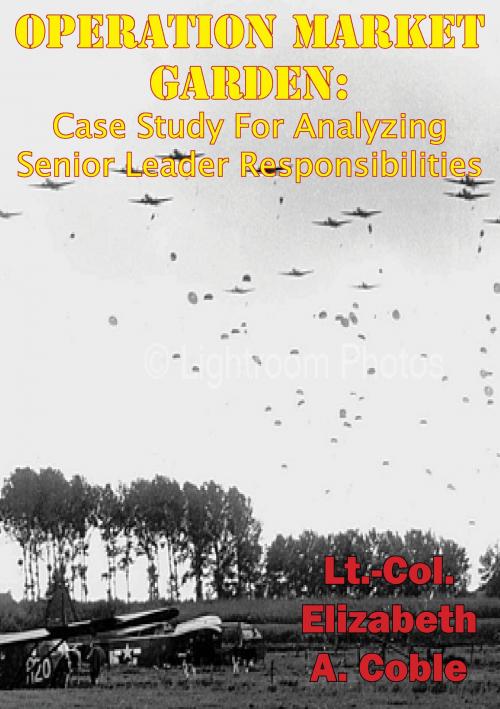
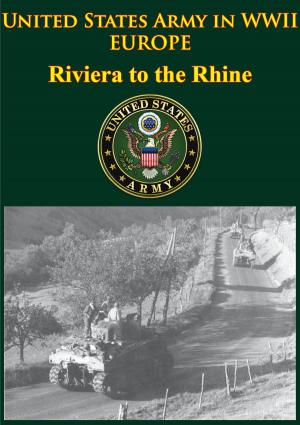

![Cover of the book I Dream Of The Day - Letters From Caleb Milne - Africa, 1942-1943 [Illustrated Edition] by Lt.-Col. Elizabeth A. Coble](https://www.kuoky.com/images/2014/august/300x300/9781782895602-vFFF_300x.jpg)


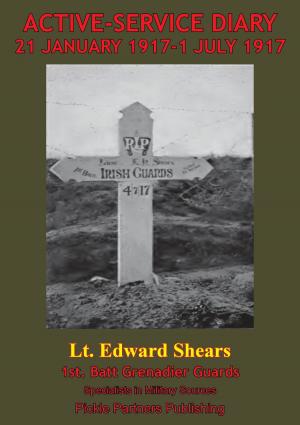

![Cover of the book The Lorraine Campaign: An Overview, September-December 1944 [Illustrated Edition] by Lt.-Col. Elizabeth A. Coble](https://www.kuoky.com/images/2015/november/300x300/9781786257543-SrSM_300x.jpg)
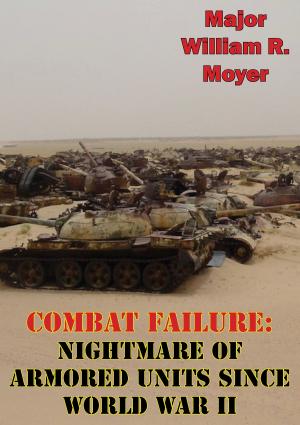


![Cover of the book Gallipoli Diary Vol. I [Illustrated Edition] by Lt.-Col. Elizabeth A. Coble](https://www.kuoky.com/images/2015/november/300x300/9781786251077-UIzh_300x.jpg)
